For years, fashion magazines and runways told women there was only one way to be beautiful: thin. But that story is over. Today, plus size models aren’t just breaking into the industry-they’re redefining it. From Victoria’s Secret’s historic shift to Savage X Fenty’s runway shows featuring women of every shape, the message is clear: beauty doesn’t come in one size. And it never did.
They Were Never Missing-They Were Just Excluded
There’s a myth that plus size models are a new trend. They’re not. Women with curves have always existed. What changed isn’t their presence-it’s their visibility. In 2015, Ashley Graham became the first plus size model to grace the cover of Sports Illustrated Swimsuit Issue. That wasn’t an accident. It was a rebellion. And it sparked something bigger. By 2020, over 40% of major U.S. fashion brands had added extended sizing to their collections. By 2025, that number hit 72%, according to the Fashion Diversity Index.
Before, brands said they didn’t have enough customers to justify larger sizes. But data didn’t back that up. The average American woman wears a size 16. The average British woman wears a size 14. Yet, for decades, runway shows featured models wearing sizes 0 to 6. That wasn’t about taste. It was about control.
Now, the control is slipping. Brands like Universal Standard, Lane Bryant, and Aerie don’t just offer plus sizes-they build entire campaigns around them. And consumers are responding. Aerie’s #AerieREAL campaign, featuring unretouched images of models of all sizes, led to a 20% sales increase in just one year. That’s not marketing magic. That’s real demand.
Who Are the New Icons?
Names like Ashley Graham, Tess Holliday, and Lizzo aren’t just models-they’re cultural forces. Tess Holliday, who rose to fame after being rejected by 18 agencies, now has her own clothing line and speaks at the United Nations about body autonomy. Lizzo doesn’t just sing; she walks runways in custom designs that celebrate her curves, not hide them.
But the movement isn’t just about celebrities. It’s about the women you’ve never heard of-like N’Digo, a Nigerian-British model who walked for London Fashion Week in 2024 wearing a gown made entirely of recycled fabric. Or Dara Allen, a 58-year-old mother of three who landed a campaign with Nike in 2023. These women aren’t outliers. They’re the new normal.
What makes them icons? They don’t apologize. They don’t pose in ways that make their bodies seem smaller. They stand tall. They smile. They look straight into the camera and say, “This is me.” And that’s powerful.
How the Industry Changed-And Who Made It Happen
Change didn’t come from boardrooms. It came from social media. Instagram became the new runway. Women started tagging brands with #EffYourBeautyStandards and #PlusSizeModel. They posted photos of themselves in clothes that fit. They called out brands that didn’t offer sizes above 14. And they didn’t stop.
By 2018, Instagram had over 1.2 million posts tagged #plussize. Today, that number is over 9 million. Brands couldn’t ignore it. When a 17-year-old girl in Manchester posts a photo of herself in a dress from a brand that doesn’t carry her size-and gets 50,000 likes-that’s not just a post. It’s a protest.
Agencies started taking notice. Wilhelmina, IMG, and DNA Model Management-all once known for their rigid size standards-now have dedicated plus size divisions. In 2022, the London Model Agency launched its first all-plus size roster. It sold out within weeks.
The shift wasn’t just about ethics. It was about money. The global plus size fashion market was worth $23 billion in 2020. By 2025, it’s projected to hit $41 billion. That’s not a niche. That’s the mainstream.
What Still Needs to Change
Progress isn’t perfect. Many brands still treat plus size models as a “special feature”-not the norm. Runways still feature them in small numbers, often clustered together. Editorial spreads still isolate them from the rest of the cast. That’s tokenism, not inclusion.
And sizing? Still a mess. One brand’s size 18 is another’s size 22. There’s no standard. A woman might wear a 16 in one brand and a 20 in another. That’s confusing. And it’s frustrating.
Even worse, some brands still use padding and shapewear to make models look “slimmer” in photos. That’s not empowerment. That’s deception. The goal isn’t to make plus size models look like straight-size models. It’s to celebrate them as they are.
There’s also a lack of representation beyond body size. Most plus size models are still white, able-bodied, and cisgender. The movement needs to include Black, Indigenous, disabled, trans, and non-binary bodies too. Fashion isn’t just about curves-it’s about identity.
What This Means for You
If you’re a woman who’s been told your body doesn’t belong in fashion-this is your sign. You don’t need to lose weight to be seen. You don’t need to wait for permission. The industry is changing because people like you demanded it.
Want to get into modeling? Start by posting your photos. Tag brands you love. Use hashtags like #CurvyModel and #BodyPositivity. Reach out to smaller agencies that specialize in diversity. You don’t need a perfect body. You need confidence, consistency, and a voice.
If you’re a shopper, support brands that actually include you. Buy from companies that offer extended sizes without making you search for them in a separate section. Vote with your wallet. And if you see a brand that still uses “size 0-12” as their entire range? Call them out.
This isn’t just about clothes. It’s about dignity. It’s about being told, again and again, that you’re worthy-exactly as you are.
The Future Is Already Here
Look at the runways in Milan, New York, and London in 2025. You’ll see women in size 20 walking next to women in size 6. Not as a statement. Not as a token. Just as part of the show. That’s the goal. Not to replace one standard with another-but to erase the idea of a standard altogether.
The new icons of fashion aren’t the ones who fit into the smallest dress. They’re the ones who refused to shrink themselves to fit into someone else’s idea of beauty. They’re the ones who showed up, spoke up, and kept going-even when the doors stayed shut.
And now? The doors are wide open.
Are plus size models really changing the fashion industry?
Yes. They’re not just being included-they’re forcing the industry to rethink its standards. Brands that once ignored sizes above 14 are now launching full extended lines. Runways that once featured only thin models now include diverse bodies as standard. Sales data proves it: consumers are choosing brands that reflect their real lives, not unrealistic ideals.
Can anyone become a plus size model?
There’s no single formula. Most agencies define plus size as size 12 and up, but that varies. What matters more is confidence, consistency, and authenticity. Many successful models started by posting their own photos online, building a following, and reaching out to agencies that value diversity. You don’t need a perfect face or a certain height-you need to own your presence.
Why do some brands still not offer plus sizes?
Some still cling to outdated ideas that bigger sizes won’t sell. But data says otherwise. In the UK, 68% of women wear a size 14 or above. The cost of producing larger sizes has dropped with better tech and supply chains. The real barrier isn’t cost-it’s mindset. Many brands fear alienating their old customer base. But that base is changing. Those who adapt will thrive. Those who don’t will fade.
Is body positivity just a trend?
It’s not a trend-it’s a movement. Trends come and go. Body positivity is rooted in human rights. It’s about dignity, access, and representation. The fact that it’s now taught in fashion schools and included in corporate diversity policies shows it’s here to stay. The backlash you see? That’s the last gasp of an old system trying to hold on.
How can I support plus size models?
Buy from brands that include diverse sizes. Follow and engage with models on social media. Share their work. Call out brands that exclude larger bodies. Don’t just say you support diversity-show it with your actions. Your choices shape the industry more than you think.

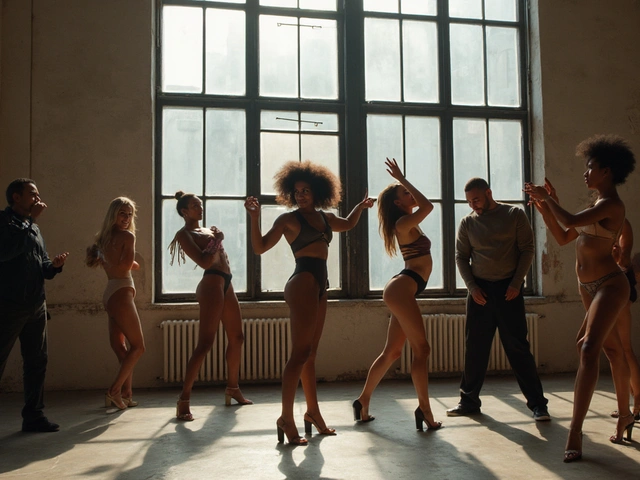
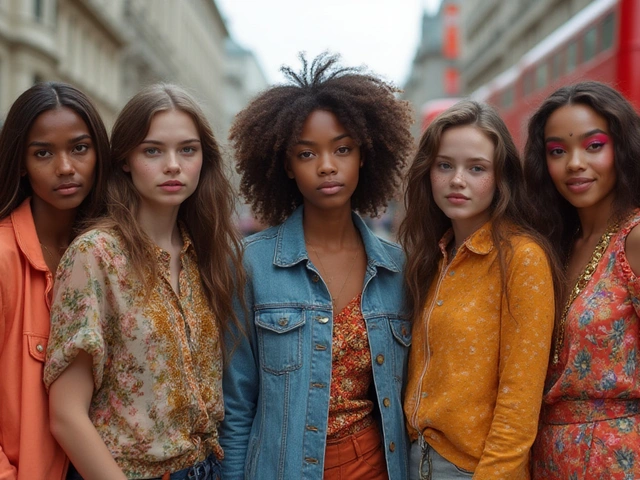

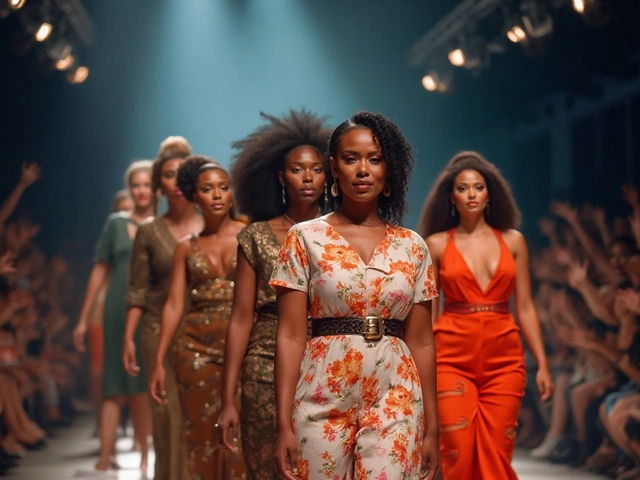
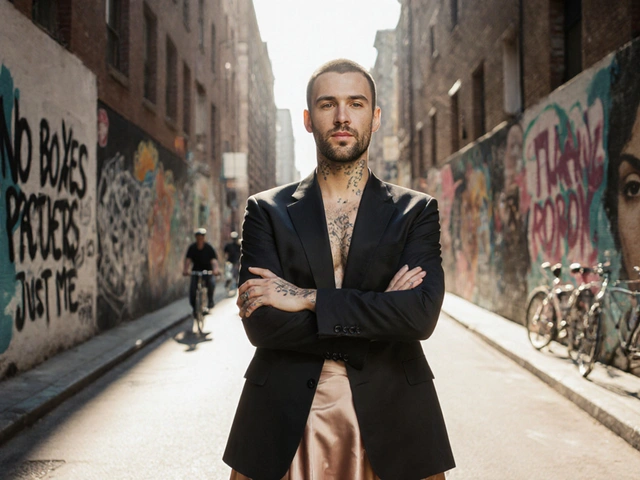
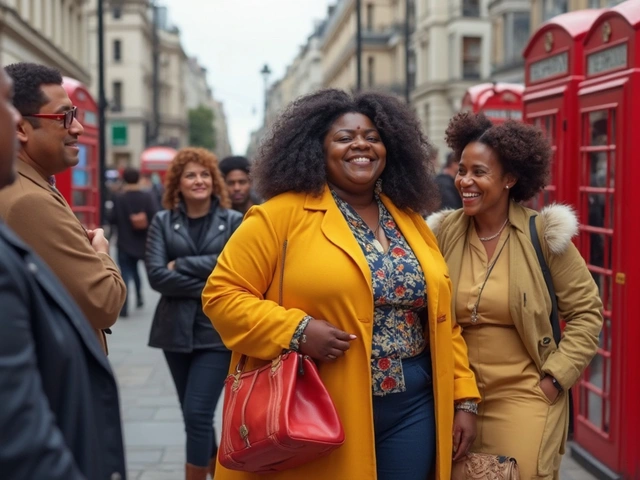
November 8, 2025 AT 15:29
M. D. Crosson
This is everything I’ve been waiting for! Finally, fashion is starting to look like the real world! 🙌 I remember crying when I saw Ashley Graham on the SI cover-I felt seen for the first time. And now? My 12-year-old niece wears clothes without apologizing for her body. That’s legacy. That’s power. Keep going, keep shining, keep being unapologetically YOU! 💪💖
November 9, 2025 AT 19:04
Satpal Dagar
Let’s be intellectually honest here: the so-called 'plus-size revolution' is less about liberation and more about performative capitalism exploiting identity politics for profit margins. The data you cite-72% of brands offering extended sizing-is statistically misleading; it conflates token inclusion with systemic change. Moreover, the market projection of $41 billion by 2025 is not evidence of cultural progress-it’s evidence of commodification. The same corporations that once excluded these bodies now monetize their visibility while still enforcing Eurocentric beauty norms in editorial spreads. This isn’t revolution-it’s rebranding.
November 10, 2025 AT 21:03
Aaron Lovelock
Who funded this narrative? The same conglomerates that own 80% of media outlets. Look at the timeline: 2015-Ashley Graham on SI. 2018-#EffYourBeautyStandards explodes. 2020-brands suddenly 'discover' plus-size consumers. Coincidence? Or coordinated PR campaign orchestrated by LVMH, Kering, and the major modeling agencies? The data points are too clean. The messaging too uniform. This isn’t grassroots-it’s a billion-dollar rebranding initiative disguised as social justice. The real question: who profits when you believe you’re being empowered while your wallet gets emptied?
November 11, 2025 AT 08:10
Alex Bor
Interesting how the article cites the Fashion Diversity Index but doesn’t link to it. Also the 20% sales increase for Aerie-was that controlled for inflation or seasonal trends? And what about the sample size of the UK average size? Are we talking BMI percentiles or garment measurements? Also why no mention of how plus-size modeling still excludes trans and disabled bodies? The movement is powerful but the data needs more scrutiny. Just saying.
November 11, 2025 AT 19:56
Andrew Young
Y’all are so cute thinking this is about empowerment 😂 The truth? It’s all about making you feel bad enough to buy more clothes. You think you’re liberated? Nah. You’re just shopping harder. They didn’t give you a seat at the table-they just handed you a credit card and told you to sit anywhere. 🤡💸 #CapitalismIsTheRealProblem
November 12, 2025 AT 21:09
Michelle Loreto
Listen-I’ve been mentoring young women in body positivity for over a decade. And let me tell you: the shift we’re seeing isn’t just about sizing-it’s about sovereignty. When a 14-year-old girl sees someone who looks like her on a billboard without being airbrushed into oblivion? That’s not marketing. That’s medicine. And yes, the industry still has a long way to go-standardized sizing, intersectional representation, zero padding in photos-but the momentum? Real. The voices? Unstoppable. Keep showing up. Keep tagging. Keep buying from the small brands that actually get it. You’re not just a customer-you’re a co-architect of the future. And honey, the future is radiant.
November 13, 2025 AT 11:59
Jamie Farquharson
bro i just bought my first pair of jeans from universal standard last week and they fit like they were made for me. like... actually fit. no tugging. no gaps. no 'oh you're lucky this even exists' energy. i cried. not because i'm emotional (ok maybe a little) but because i finally felt like i belonged somewhere. also why is everyone so mad? like... is it a crime to want to see people who look like you in ads? 🤷♂️
November 14, 2025 AT 23:12
Graeme Edwards
Actually, the real breakthrough was when the EU passed Regulation 2023/189 on standardized garment sizing. Before that, a size 16 in the US was a size 20 in the UK and a size 44 in Germany. Now? Harmonized EU sizing is being adopted globally. That’s the real game-changer-not Instagram. 📏✨